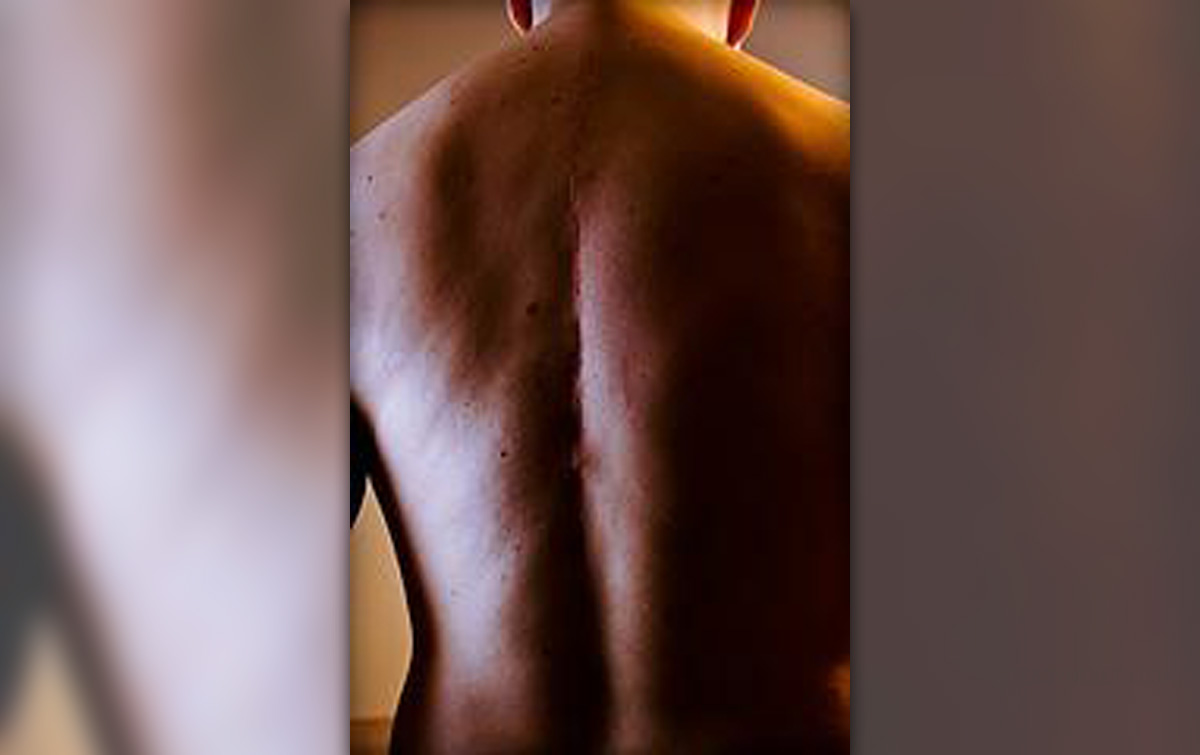
If the spine of a person looks like letters “S” or “C” instead of letter “I”, that person is considered to be suffering from a certain condition called scoliosis. Scoliosis is a sideway curative of the spine. Due to this turning of the spine, one shoulder, scapula or hip may appear to be higher than the other. There are three types of scoliosis. Depending on the degree of the curve, the frequency of scoliosis varies among the patients. For instance, curves measured of at least 10 degrees are seen in 1.5% to 3% of the population, while curve higher than 30 degrees are seen in no more than 0.3% of the population. Both boys and girls can be affected by scoliosis but the condition is somewhat more common among girls.
What is adult scoliosis?
A spinal deformity in a person who has reached skeletal maturity is considered to be suffering from adult scoliosis. The most commonly seen cause of adult scoliosis occurs from spinal degeneration which occurs due to the normal process of aging. Adult scoliosis can also be present since the adolescent years of a person but has become increasingly progressive and symptomatic during the adult years. When spinal degeneration is considered, an axial rotation of the spinal segments exists which is the main cause of lateral olisthesis. It is not uncommon for the lateral olisthesis to lead to ligament laxity and curative of the spine. According to the data, this type of scoliosis affects between 4 and 8% of the adult population. Adult population includes all people older than 18 years of age. However, it is those older than 60 years of age who are most prone to suffering from adult scoliosis. 32% of patients diagnosed with scoliosis older than 60 years of age have a mean Cobb angle of greater than 17 degrees. Adult scoliosis can develop in every person but the data shows that women are more prone to it than men. The main reason why that is so, is because certain metabolic bones diseases like osteoporosis and osteomalacia are a seen in women more often than men. Pain in the back is the most commonly experienced problems that occur with adult scoliosis. Such pain comes from the curve of the spine in most cases. In other cases it can be caused at apex of the curve or even from localized facet joint compression. Apart from these causes of pain, it is not uncommon for the pain to occur due to spasms in the back muscles or standing or sitting positions. The pain can even be felt when a person is being active in a certain physical activity. Apart from pain, the second most commonly seen symptom is radicular pain and claudication symptoms when a person is either walking or standing. Problems with respiration can also be seen in certain cases but they are considered to be extremely rare. The distortion of the cavity may alter the position of the lungs and lead to impairment of their function. Airway obstructions are known to occur due to this.
Classifications
The experts have divided adult scoliosis into four major categories. Primary degenerative scoliosis or de novo scoliosis is considered to be the first type. This type of adult scoliosis develops with the deterioration of spinal discs. In some cases even the facet joint degeneration can be present as well. The second type of adult scoliosis is called idiopathic adolescent scoliosis of the lumbar spine. This condition is known to progress when a person has reached adulthood. Secondary degenerative scoliosis is the name of the third type of adult scoliosis.
Treatment options
According to the experts, in a majority of cases of adult scoliosis, the treatment option is non-operative. The doctors prefer to use exercise and conditioning as treatment options in most cases. This way the patient will be able to maintain functioning and energy levels but also is able to have more control over back pain. The most commonly used exercise program includes such exercises as walking, swimming, yoga and cycling. Resistance training is included as well. Exercise is essential because they better the cardiopulmonary reserve, promote endorphin production, control weight and even delay the onset of age related osteoporosis. Bracing is an option but it is rarely used in patients who have reached skeletal maturity. However, bracing is an excellent way to relieve pain, especially in patients who are not considered to be good candidates for surgery. Taking certain supplements, mainly vitamin D and calcium is considered to be a part of almost every treatment option. Surgery is rarely an option for adult scoliosis. However, there are some cases when it may prove to be necessary. These cases are when none of the non-surgical treatment helped and the pain is still present, when the curves are over 45 degrees and if there is proof that cardiopulmonary problems occurred due to scoliosis. There are a lot of surgical techniques which may be used but they depend on whether the scoliosis occurred due to vertebral degeneration or as a progression from adolescence.


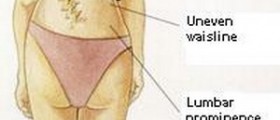
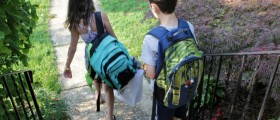





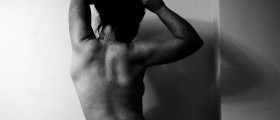


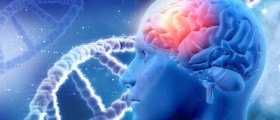


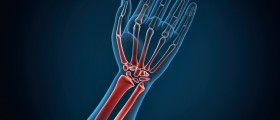
-Causes,-Symptoms,-Diagnosis,-Treatment_f_280x120.jpg)
Your thoughts on this
Loading...